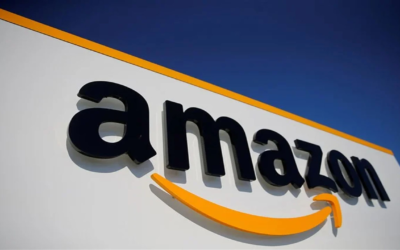Fulfillment by Amazon (FBA) is a program that allows online sellers to store their products in Amazon’s fulfillment centers, and Amazon takes care of the packing, shipping, and customer service for those products. While FBA offers many benefits, there are also some disadvantages that sellers should be aware of. In this article, we’ll explore the top disadvantages of using Amazon FBA.
1. Higher Fees
One of the most significant drawbacks of using FBA is the higher fees associated with the program. Amazon charges fees for storage, order handling, and shipping, which can eat into a seller’s profit margin. The fees can be especially high for products that are slow-moving or have low profit margins.
2. Lack of Control over Inventory
When a seller uses FBA, their inventory is stored in Amazon’s fulfillment centers. This means that the seller has less control over their inventory, as they can’t physically see or touch their products. If there are any issues with the inventory, such as damage or loss, the seller has to rely on Amazon to resolve the problem.
3. Longer Shipping Times
While Amazon’s shipping times are generally fast, using FBA can result in longer shipping times for some products. This is because Amazon may not have the product in stock at the fulfillment center nearest to the customer, which can lead to longer shipping distances and times.
4. Storage Limitations
Amazon charges fees for storage, and there are also limitations on how much inventory a seller can store in the fulfillment centers. If a seller’s inventory exceeds the storage limit, they will have to pay additional fees or find another place to store their products.
5. Competition for the Buy Box
The Buy Box is the box on a product detail page where customers can begin the purchasing process. When multiple sellers offer the same product, Amazon rotates the Buy Box placement between the sellers. If a seller is using FBA, they may have an advantage in winning the Buy Box, but they will also face more competition from other FBA sellers.
6. Risk of Commingling
Commingling is a practice where Amazon combines identical products from different sellers into a single inventory pool. This can result in a seller’s products being mixed with counterfeit or damaged products from other sellers. While Amazon has systems in place to prevent commingling, there is still a risk of it happening, which can lead to negative reviews and loss of sales.
7. Returns Management
When a customer returns a product that was fulfilled by Amazon, the product is returned to one of Amazon’s fulfillment centers. This means that the seller has less control over the returns process, and may not have the opportunity to inspect the product before it is returned to inventory. Additionally, Amazon charges fees for processing returns, which can add up over time.
Conclusion
While Amazon FBA offers many benefits, there are also some significant drawbacks that sellers should be aware of. Higher fees, lack of control over inventory, longer shipping times, storage limitations, competition for the Buy Box, risk of commingling, and returns management are just some of the disadvantages of using FBA. Before deciding to use FBA, sellers should carefully consider these factors and weigh the pros and cons.
FAQs
- What is FBA in Amazon?
- How does Amazon FBA work?
- What are the benefits of using Amazon FBA?
- How much does it cost to use Amazon FBA?
- What are the alternatives to Amazon FBA?





0 Comments